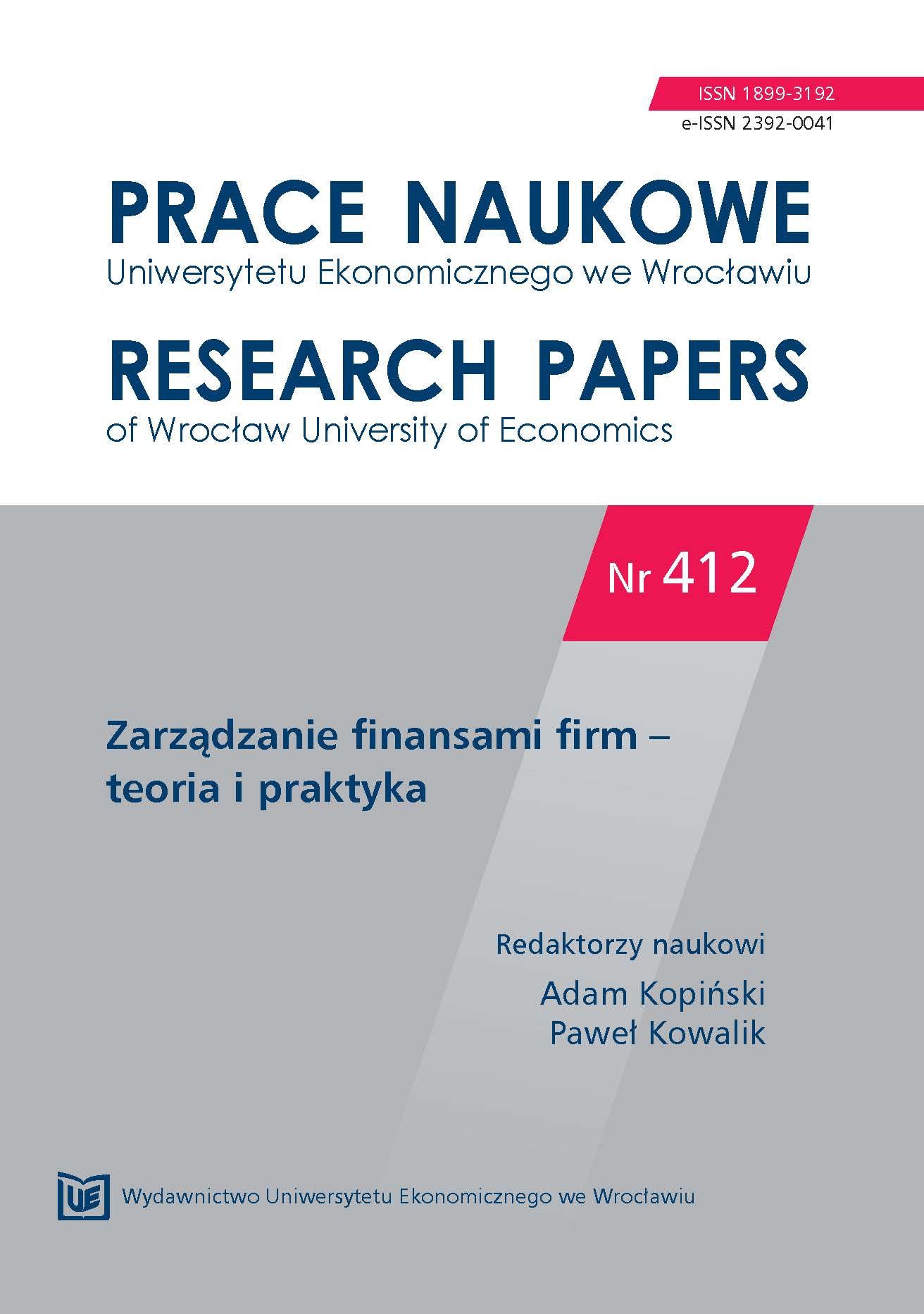
Zorganizowana część przedsiębiorstwa z branży gier komputerowych jako wkład do nowej spółki z udziałem funduszu VC
The article presents advantages of an organized part of the enterprise, which is a contribution to new venture. The author draws attention to the attractiveness of a solution for founders and venture capital investors. To confirm the thesis the author cites literature and presents a case study. Based on the analysis of rates of return of the companies listed on the Warsaw Stock Exchange and the Warsaw Stock Exchange NewConnect, the author assesses the attractiveness of the gaming sector in Poland for venture capital funds.
More...
